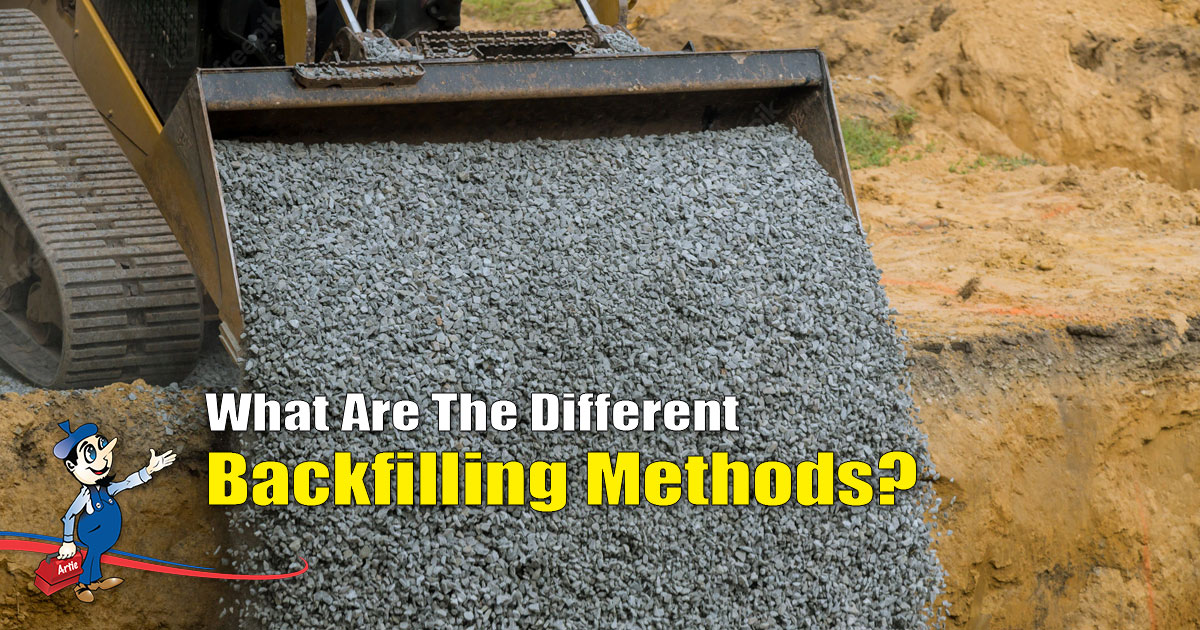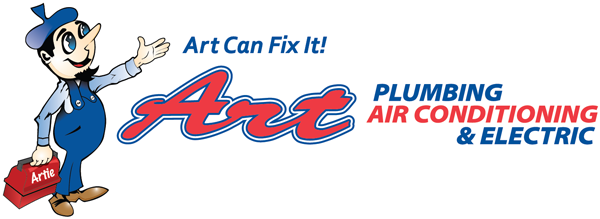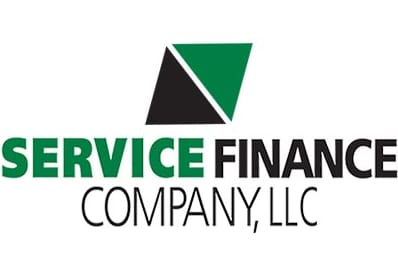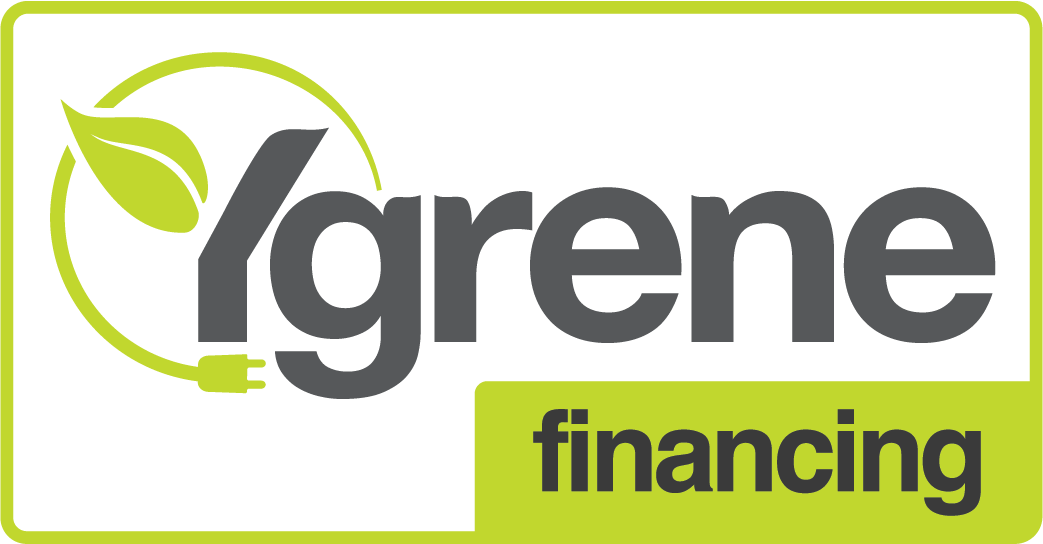What Are The Different Backfilling Methods?

Many people ask what backfilling is, especially if they need construction work completed on their home or business. Without backfilling, many construction projects would not be undertaken, and issues would arise with pipeline and cable infrastructure.
In this article, we discuss what backfilling is and the different backfilling methods used interchangeably to achieve the same results. We will look at the four backfilling methods: flowable fill, jetting, compaction, and dumping. The backfilling method used for your project largely depends on whether you need to fill over a water, gas, or power pipeline.
What Is Backfilling?
Backfilling refers to placing soil or other materials like cement and crushed rock back into a foundation or trench. This is done after excavation, and related construction work has been finalized.
Although the process sounds simple, it requires skilled technicians and specialized machinery. It also requires knowledge of project requirements and soil conditions.
Additionally, choosing which of the four backfilling methods depends on the soil characteristics and project specifications and which method will ensure optimum results.
What Are The Four Methods Of Backfilling?
Now that you know more about backfilling, we can discuss the four common methods.
- 1. Flowable Fill
One of the most common backfilling methods is ‘flowable fill.’ This method involves a fragile concrete mix that is backfilled into a trench after an excavation.
A flowable fill uses a cementitious material mixed with water to create a low cement to water ratio. This consistency allows the fill to be placed into a trench directly from a concrete mixer truck. Before a trench is backfilled with a flowable fill mixture, the equipment or utility pipe inside the trench is covered with an aggregate material.
The aggregate is placed first so that if future repairs are needed, it is easier to access the pipe or equipment. Arguably, one of the biggest challenges with the flowable fill method is containing the fill. Since a flowable fill is incredibly liquid, it can sometimes flow into other trench areas.
- 2. Water Jetting
Water jetting is a method that is often recommended for projects with granular soil types (sandy soils) and not soils with clay or high plasticity levels.
This backfilling method doesn’t involve mechanical compaction as pressurized water is used instead to compact a backfill. Pressurized water is applied to the bottom of a fill with a probe with water jetting.
Water jetting involves a technician pumping water and using the force of jetted water to move the backfill material around. One of the challenges with this method is keeping sediment-filled water away from drains.
- 3. Mechanical Compaction
Another common backfill method is mechanical compaction utilizing a compactor, jumping jack compactor, or excavator. Once a backfill material has been placed in a trench over piping or cabling, an equipment item (like a compactor) is used to complete multiple passes to densify or reduce the mass of backfill material.
The general mechanical compaction method follows three simple steps that are often repeated until the backfill is at grade level.
- 1. Empties backfill in layers of between four to six inches. The backfill material has to be non-organic and free of debris.
- 2. Mechanic compaction is undertaken with a 1,000-lb compactor or similar and as appropriate.
- 3. The backfill is watered thoroughly to ensure better compression.
It’s important to remember that there are different compaction techniques within this method for example, if you have a clay soil type, you should use a tamping rammer because the lower frequency compacts better. In addition, vibratory plates are often best because of their higher frequencies if you have a granular soil type like sand.
- 4. Dumping
Another backfill method that can be chosen is dumping, this method is often the simplest because it involves filling a trench without compaction. Typically, you need a granular aggregate if you want to use dumping as your backfill method.
Many contractors prefer this method because it is faster and sufficient because a stone aggregate can compact itself. Yet, dumping does have its problems. For example, fine material can enter because a granular aggregate contains voids.
Speak With A Backfilling Expert At Art Plumbing, Air Conditioning & Electric Today
We hope this backfill guide gave you the information you need to understand the different backfill methods used during various construction projects. If you want to learn more or are interested in our Backfilling Services, give us a call at 1-800-475-1504 to talk to one of our qualified technicians or sales staff.



